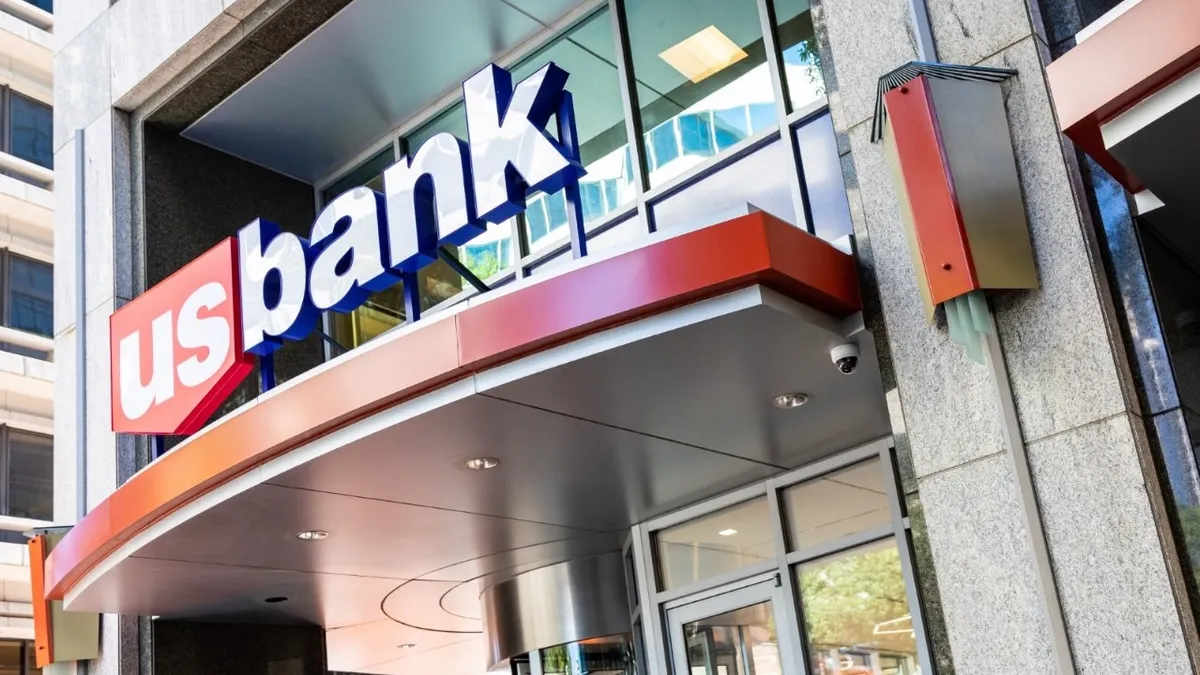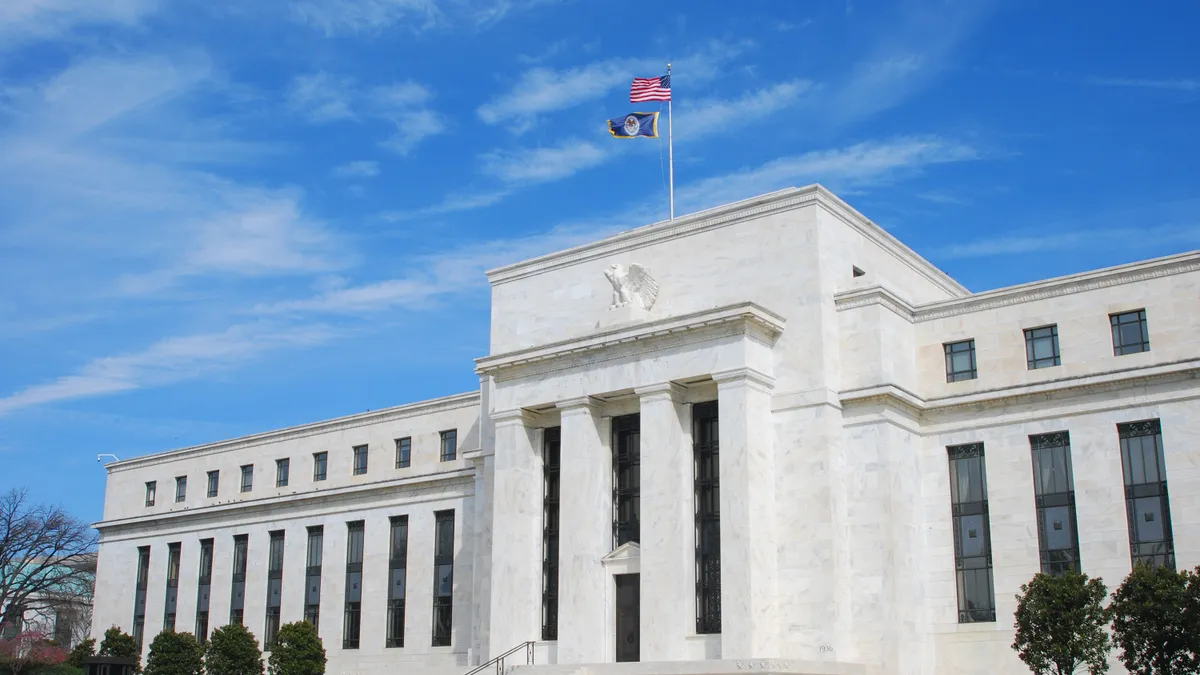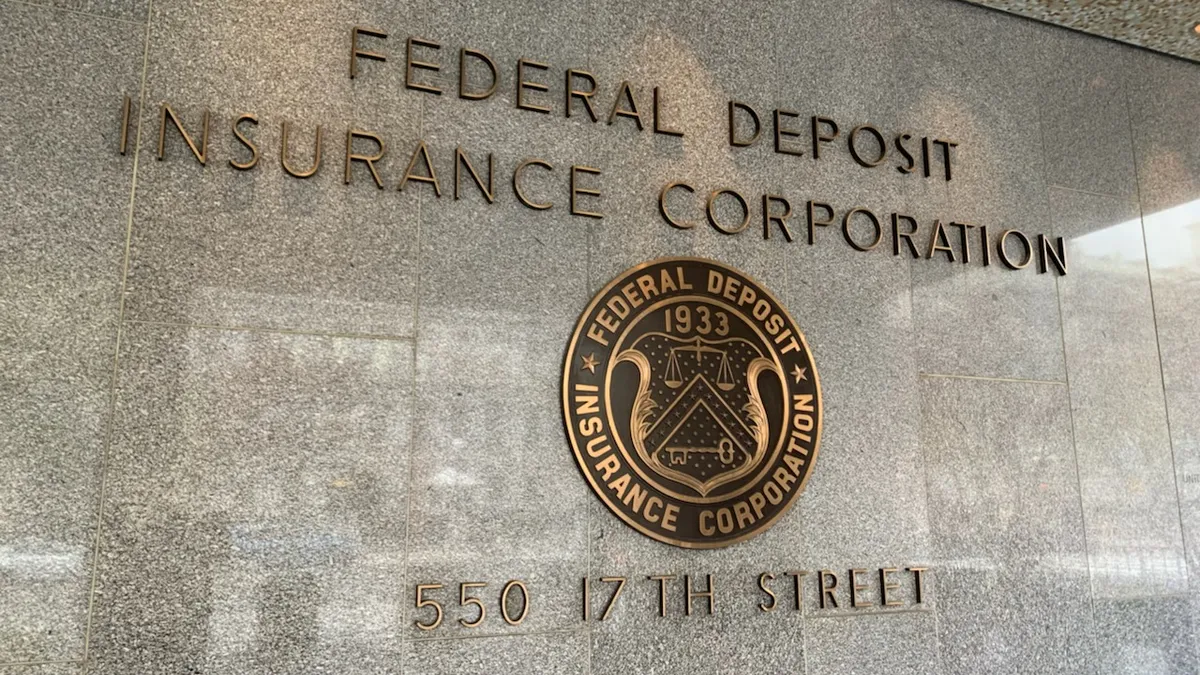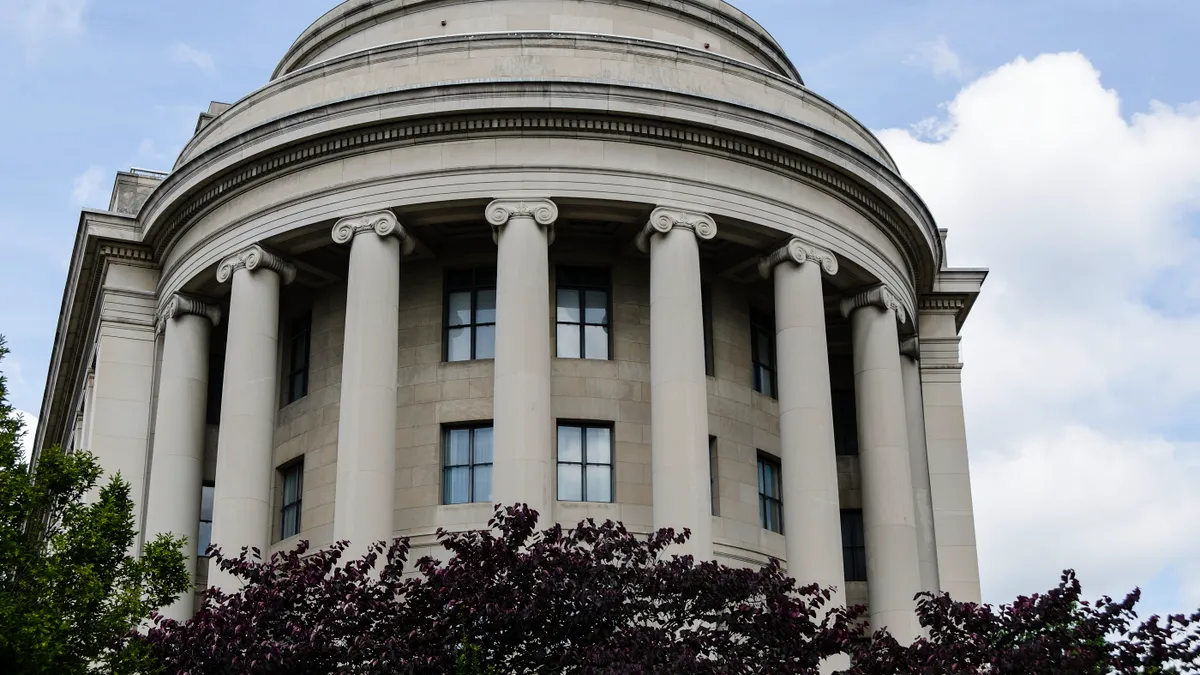As the U.S. financial system increasingly embraces digital wallets, stablecoins and new payment systems, fintechs, lawmakers and regulators are debating whether state or federal laws offer the best means of safeguarding people who use these new tools.
State regulators – who already play a major role in overseeing some of the emerging financial tools – may be ill-equipped to manage the failure of a major non-bank player in the financial services industry, according to a Cornell Law School professor who has researched the legal underpinnings and policy implications of how America oversees its financial system.
Lone among nations, the U.S. has a dual system for bank chartering and regulation in which states and the federal government wield separate but overlapping responsibilities for banks, Cornell Law Professor Dan Awrey notes in his 2024 paper, Money and Federalism.
A new breed
But banks are hardly the only players in money these days. Awrey argues that the monetary system faces stress from “a new breed of technology-driven financial institutions licensed, regulated, and supervised almost entirely at the state level.”
Congress should either create a new payments charter for nonbanks or a “targeted” federal intervention that would “preempt only those elements of state law that undermine monetary stability, while otherwise leaving state-level chartering, regulatory, and supervisory frameworks fully intact,” he wrote.
“I’m really looking ahead to a future where the role of these platforms is bigger, the stakes of failure are therefore higher,” Awrey said late last month on the Consumer Finance Monitor podcast produced by law firm Ballard & Spahr.
A federal role?
State regulators disagree that a new federal charter is needed, or desirable. In recent years, states have recognized the gaps in past financial regulations and converged on a set of modernized national standards for state-licensed money transmitters.
To date, 28 states have enacted the Money Transmission Modernization Act, which the Conference of State Bank Supervisors adopted four years ago as model legislation to standardize and improve regulation of transmitters.
Licensed transmitters had an average daily transmission liability of $69 billion across about 200 companies in the fourth quarter of 2024, Matt Lambert, the CSBS deputy general counsel of policy, said on the podcast, which was portrayed as a debate on the topic.
“Whether or not that causes a contagion, today I would argue that it doesn’t,” Lambert said. “Of course, that doesn’t rule out such systemic risk in the future.”
In times of financial duress, banks enjoy extensive federal emergency lending tools, deposit insurance and a detailed framework guiding the disposition of troubled banks – a “safety net” that insulates banks and their customers “from the harsh outcomes that would otherwise await them under general corporate bankruptcy law,” Awrey writes in his paper.
Not so for companies like PayPal, Block or the myriad purveyors of stablecoins: If they fail, their customers become unsecured creditors as with other bankruptcy cases, and likely to recover only a fraction of their funds, writes Awrey, who has advised U.S. and European financial regulators and is a co-founding editor of the Journal of Financial Regulation.
The state bank supervisors say a federal framework isn’t needed, and that most of the arguments for creating one rest on outdated “myths” about the scope and rigor of money transmitter regulation.
The CSBS also points to enforcement actions like the $80 million fine states levied against Block’s Cash App in January as proof that state supervision mechanisms are effective. State regulators also moved last year to force the closure of Sigue, a California-based money transmitter, due to “significant financial deterioration.”
The Financial Technology Association, which counts companies like Block, PayPal and Revolut as members, also disputes Awrey’s depiction of state regulation as less robust than a federal regime. State regulation is expansive and requires customer assets to be invested in high-quality instruments, the FTA said Tuesday in an emailed statement.
Still, FTA members have been prodding Congress this year to create a federal payments charter as a way to modernize the U.S. with systems more common abroad. Such a charter would allow non-banks to use the Federal Reserve’s payment system, cutting their transaction costs and allowing for speedier settlements.
“A federal payments charter would allow non-banks to connect directly with the national payments system, reducing costs, speeding up transactions, and increasing competition,” FTA President and CEO Penny Lee said Tuesday in the emailed statement.
State licensing
State-level money transmitter licenses are “the U.S. regulatory frameworks of choice for many cryptocurrency exchanges and lending platforms,” Awrey wrote.
“No matter how many new monetary experiments emerge and flourish under state regulatory frameworks, it is inevitably the federal government and banking agencies that are forced to clean up the mess if and when these experiments go wrong,” Awrey writes.
Non-crypto players also secure state transmission licenses and become subject to that state’s regulatory regime. Elon Musk’s X social media platform, for example, has amassed more than two dozen state licenses to date as part of its work to become a new payments tool to challenge Venmo, Cash App and others.
Awrey said “this brave new world” of companies like PayPal, Venmo, Coinbase and X “is not the world for which state money transmitter laws were originally created.”
“Today, popular money transmitters like PayPal and its sister platform Venmo hold far more customer funds, often for far longer periods of time, thereby enabling them to accumulate vast pools of longer term investment capital,” wrote Awrey. “This change is being driven, at least in part, by the growing number of Gen Z and millennial customers that use these peer-to-peer payment platforms as a substitute for conventional checking accounts.”
“Even where folks disagreed with my specific proposals, they generally agreed about the need to solve the legal problem at the heart of the paper,” Awrey wrote Monday in an email. “However, both then, as now, most of the political oxygen has been spent on the stablecoin legislation currently before the House and Senate.”
Awrey, who expects his paper to be published by the Duke Law Journal this year, said it’s unlikely his ideas for a new charter will go far in Congress, which is debating how to regulate stablecoins, a form of cryptocurrency.
“I’m afraid I don’t think we’re likely to see something along the lines of my proposals in the short-to-medium term,” Awrey said in his email. “And yes, I do think that a major crisis is the most likely catalyst for the reforms I’m advocating for in the paper.”
























